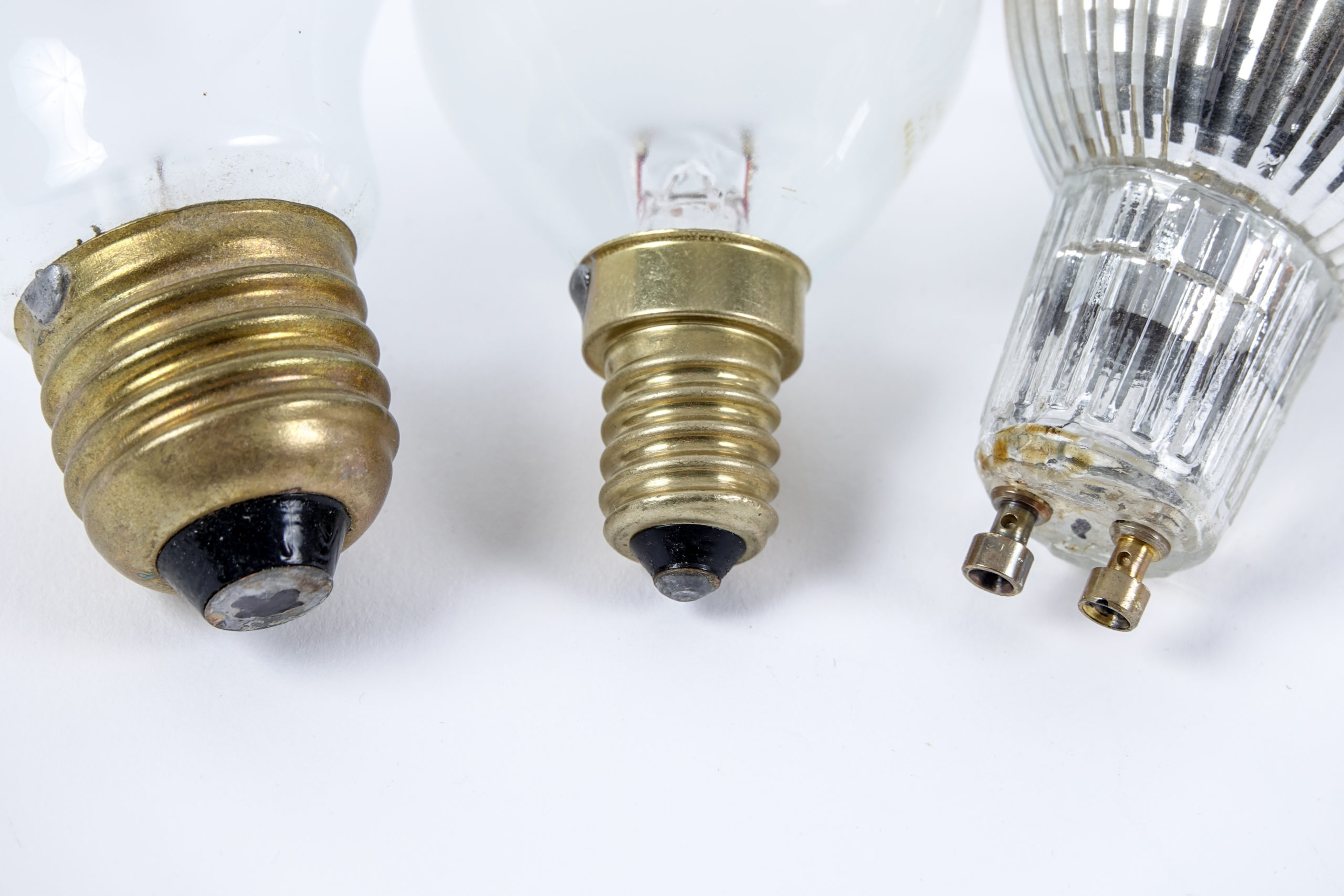Lamp Parts Explained
Leave a CommentLamps are fairly simple devices, with only a few basic components. As additions to any room in a home or office they not only provide ample light, but reflect a person’s style. However, there are so many lamps and bulbs available, you may not know where to start. Here, the team at Mitronix explains the different parts of a lamp to help you choose the best one for your needs.
Light Bulb
Light fixtures use basically two types of bulbs. Either standard 120 volt (line voltage) in varying wattages, or low voltage (commonly 12 volt or 24 volt). Low voltage lamps require a transformer which is often built into the base of the fixture or elsewhere in the circuit. There are various sizes and shapes of bulbs of either type. Choosing the right type/shape depends upon many factors including:
- Electrical Constraints
- Environmental Factors
- Aesthetics
- Functional Requirements
- Local Regulations
Switch
The lamp switch is used to turn the light bulb on and off. It can be built into the lamp or separate, mounted on a wall nearby, on the lamp cord or touch-activated. Although all switches serve the same purpose of closing the circuit loop of a lamp, they come in a variety of types, including:
- Dimmer
- Pole
- Push-Button
- Twist
- Solid State (found in touch lamps)
Lamp Holder/Socket
The most important part is the lamp holder/socket. Without it, the lamp cannot perform properly. The general construction of a lamp holder includes a locking mechanism, such as threads or pins, that creates a secure connection between the lamp and the lamp holder. With a well-established link, the lamp socket powers the light bulb using its contacts and wire that connects to the electricity.
There are many different types of lamp holders and sockets to fit the different bulbs available, including:
- Bayonet-Base Lamp Holders: This socket features two pins that allow for the twisting and locking of the bulb into place.
- Compact Fluorescent Lamp Holders: CFLs must have a ballast to work. While some bulbs have an internally integrated ballast, others must have a ballast somewhere in the lighting circuit.
- Fluorescent Lamp Holders: These sockets can accommodate linear, bent, circline, and compact bulbs. They may be a single-pin or two-pin and shunted or non-shunted.
- Halogen Lamp Holders: These lamp holders are available in line voltage and low voltage versions and are made in many sizes and shapes. Round and rectangular are the most common.
- Medium-Base Lamp Holders: Also known as Edison-base lamp holders, these are some of the most widely used lamp holders and bulbs.
- Metal Halide Lamp Holders: These sockets are made with durable materials to accommodate high-intensity discharge (HID) lamps.
- Mogul-Base Lamp Holders: These sockets are made from sturdy cast porcelain that allows them to withstand the higher operating temperatures of the light bulbs used.
- Wedge-Base Lamp Holders: Designed to accept the wedge shaped bulb base with wrap around wires, these lamp holders are available in many materials and mounting styles.
Understanding the differences between lighting sockets will ensure you find the right choice in material, size, and fixture spec requirements for your residential or commercial use.
Lamp Base
The lamp body and base can take many forms. While the base serves a functional purpose (for low voltage lamps, the base holds a transformer), it also adds character to the lamp. They can be made from a variety of materials to create simple to elaborate designs.
Shade/Shade Stand
Since a light bulb can be very bright, a lampshade takes the harshness of the bare bulb and directs/diffuses it so it is comfortable and meets the light needs of the user. A shade may come as part of the lamp or a separate piece that is attached to a shade stand. Lampshades are created with a metal wire frame that holds its shape while being lightweight. Shades are available in a range of shapes, sizes, and colors to fit people’s preferences.
Fitters
A fitter is needed to connect the lampshade to the lamp. The lampshade frame will have fitter parts that extend inward to connect it to the lamp’s base.
Lamp Holders from Mitronix Inc.
Understanding the parts of a lamp will help you make a well-informed decision on one that will meet your lighting needs. As a premier supplier of lighting products for over 30 years, Mitronix offers a large selection of lamp holders and other accessories used across a wide range of industries. Contact us to learn more about our lamp sockets and other lamp parts or request a quote today.



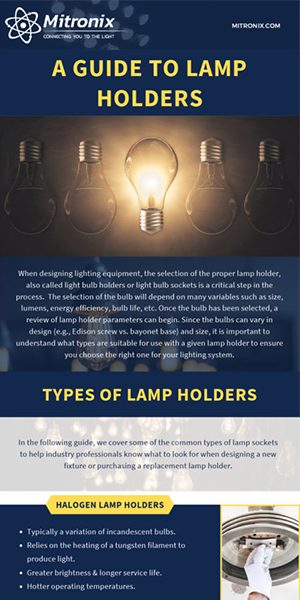 (Click to View)
(Click to View)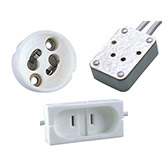
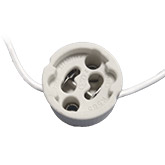


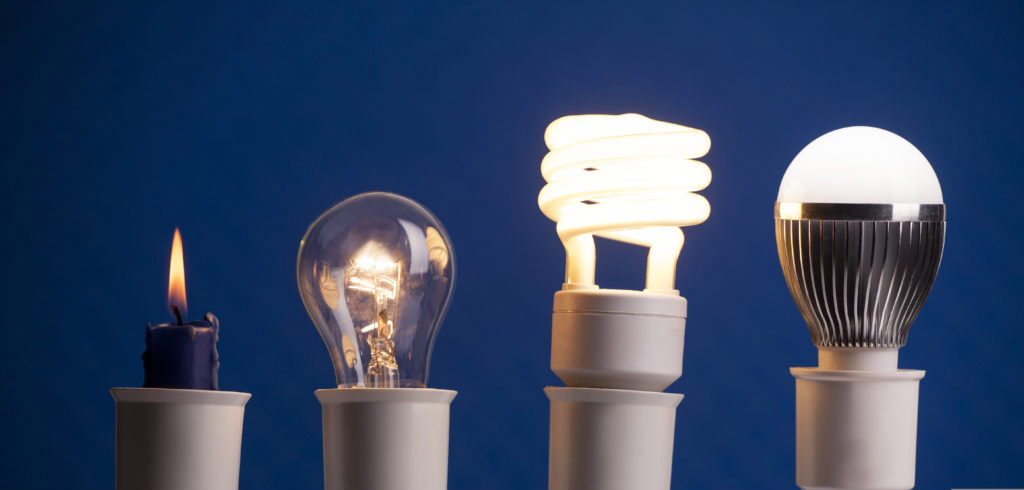
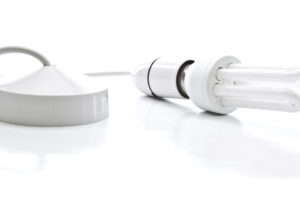
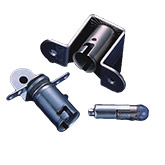
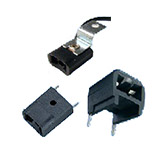
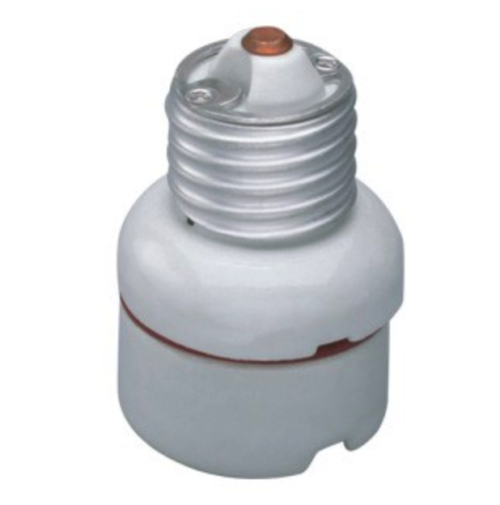
 (Click to Expand)
(Click to Expand)

